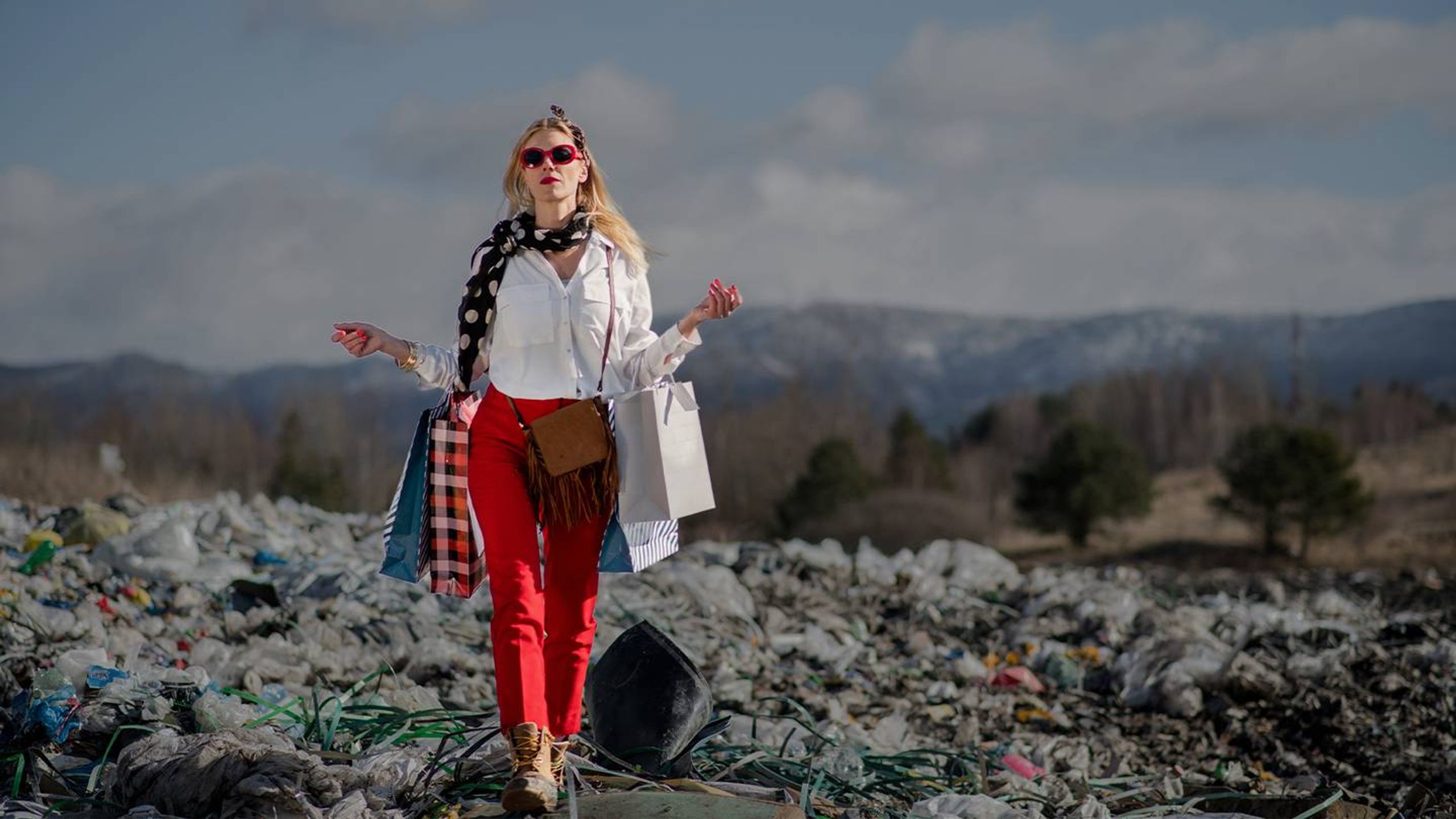So far, there has been a surprising lack of action and real discussion around websites and the impact our digital lives are having on the environment. When it comes to ecommerce the focus to date has been about sustainable supply chains, environmentally friendly packaging and even the lighting in warehouses - little consideration has been given to an organisation's digital footprint. When discussions have occurred, misinformation (or simply lack of any fact-based information) has run rampant.
In our last blog, we explored the widely spread misconception that having a sustainable or green website may result in having an ‘unattractive’ website. Now, we’re myth-busting a second ‘truth’ - that a sustainable or green website will have an impact on the bottom line.
In reality, sustainability can be used to create better digital products and services. Not just for the planet, but also for consumers who use the web and the businesses they buy from.
Establishing standards and benchmarks
However, that doesn't mean it's easy. Other industries have well-established environmental performance metrics. For example, it’s more straightforward for an energy company to convert from kWh to tonnes of CO2. Moreover, there is clearer guidance on calculating and reporting on these KPIs for UK businesses.
The same measures do not apply to websites. We are not held to any particular environmental standards, as yet. There are working groups within industry associations such as BIMA, who are harnessing their members’ experience to produce workable standards. These will provide an invaluable resource where brands can seek some guidance on how they can develop more environmental experiences sites. As well as providing practical advice on minimising the amount of energy a website consumes.
Once published, these will be a useful platform for the ‘how-to’. But for now, we must think differently about setting our own indicators. If the goal of sustainable web design is to reduce carbon emissions, but we can’t measure the amount of CO2 a web product produces, we need to determine what we can measure.
There’s a close relationship between sustainability and business benefits …
Sustainability is usually more closely related to business benefits than people may assume. Focusing on solving client problems first is a powerful way to create a win-win situation. SEO? Conversion rates? Accessibility? Each can find its way to the top of a business’ to-do list, and each can pave the way for pursuing more sustainable solutions.
A well thought out user experience (UX) is crucial to delivering high conversion rates, high customer satisfaction, and positive brand perception for website owners. By streamlining user journeys, optimising load times, and enabling offline functionality, we can not only provide better commercial outcomes for the business, but also reduce a website’s carbon emissions too.
Championing sustainability as an agency
That’s why business goals are an excellent way to establish benchmarks. Not only is it showcasing how sustainability can improve objectives, but because there is a lack of knowledge about creating a sustainable website.
A brand might not understand how redesigning or simplifying the navigation menu on a site can reduce emissions. Still, they will understand the benefit of getting customers to the product they’re looking for faster.
This almost means the onus is on us to put it on the agenda. With expertise and a given client brief, we can showcase how web design can achieve their goals, weaving in solutions that are also environmentally sustainable.
An aesthetically pleasing and sustainable website is possible
A sustainable website isn’t just possible; it's accessible, faster, more enjoyable to use. And, in all likelihood, if well designed, it is far more likely to convert.
To make it a reality, we must be aware of the issues, able to utilise the available resources and be willing to challenge the status quo.
Time is of the essence when it comes to sustainable websites - If you want to be a business that is leading the charge, we’d love to hear from and work with you.



